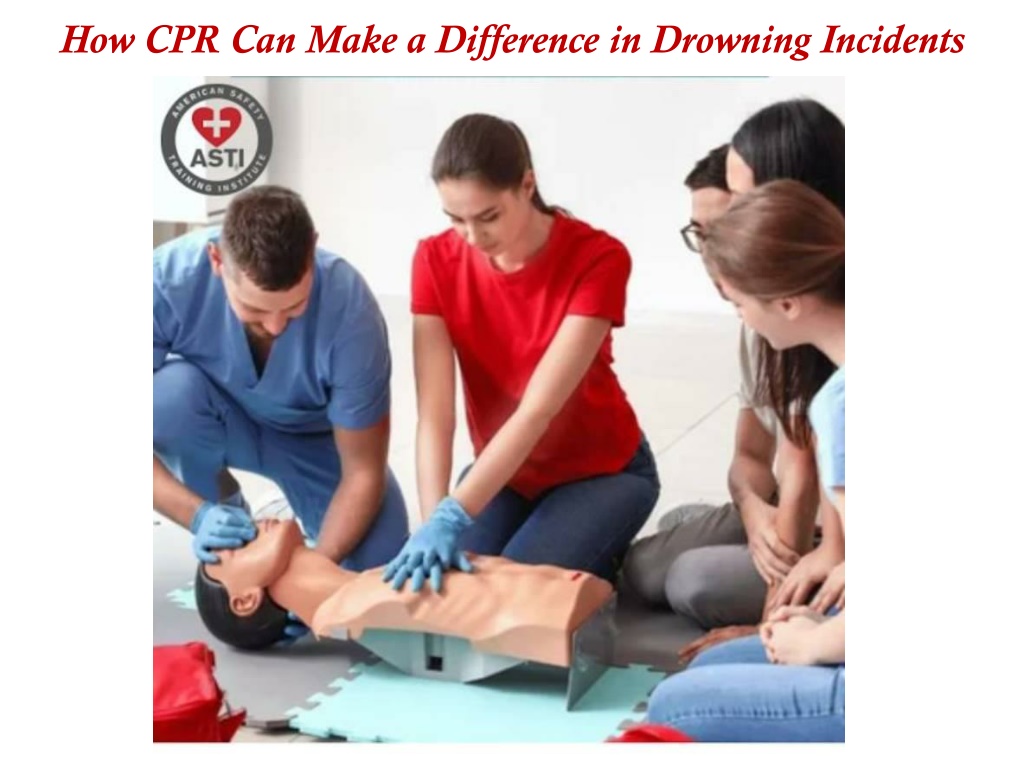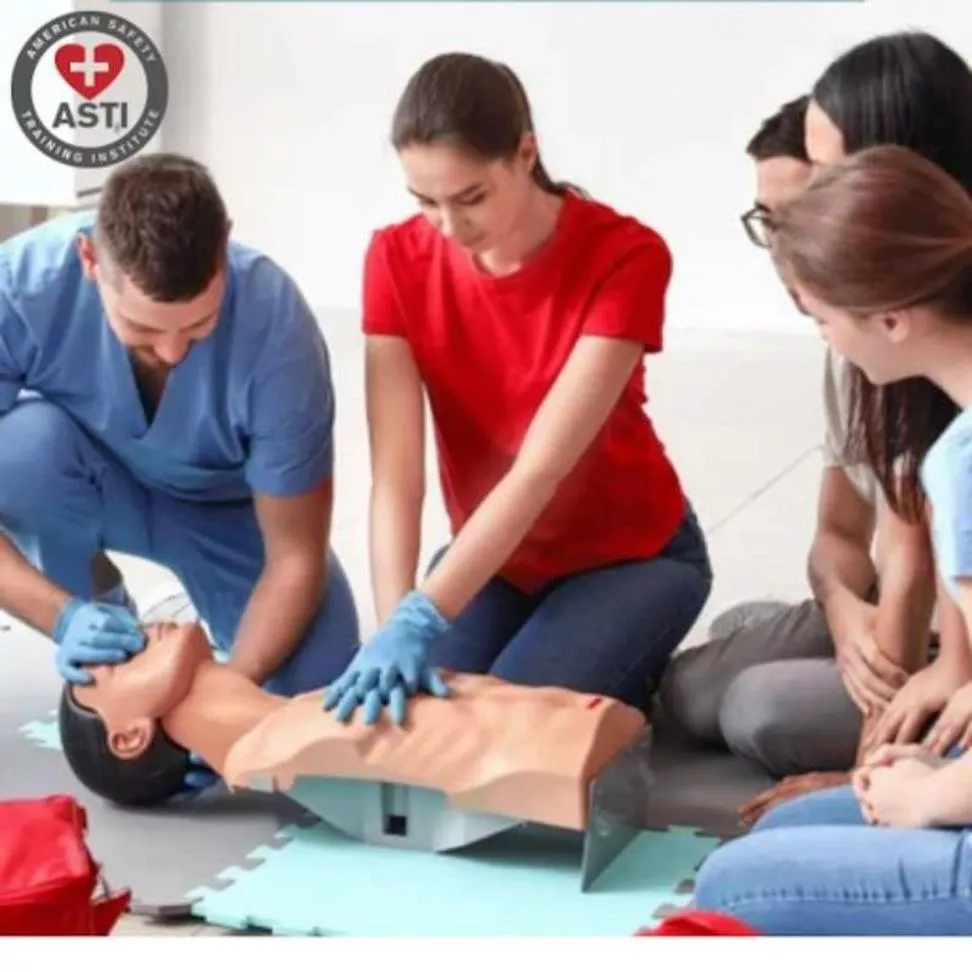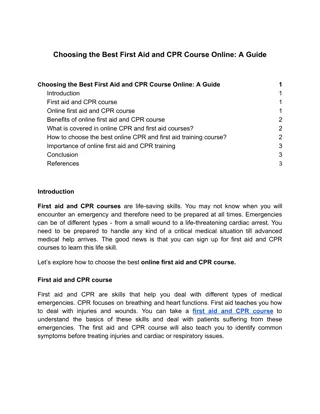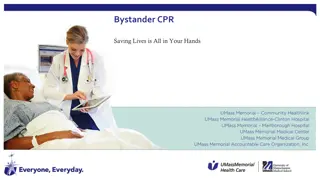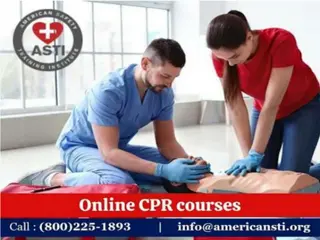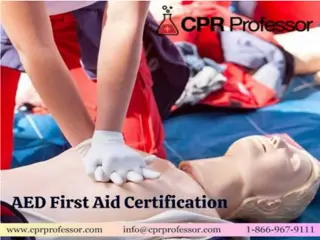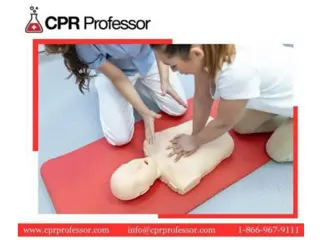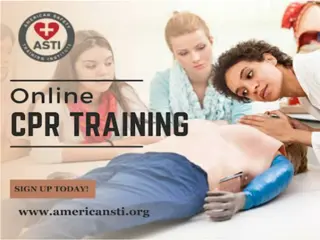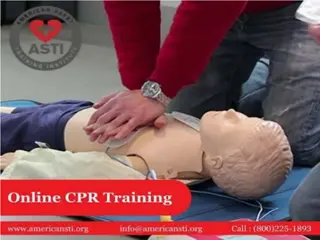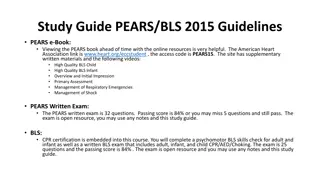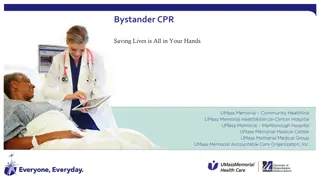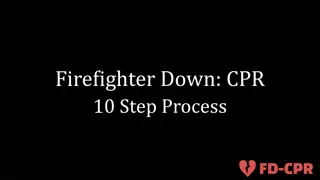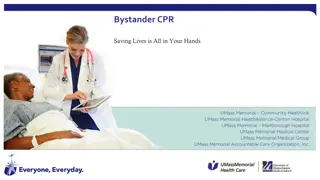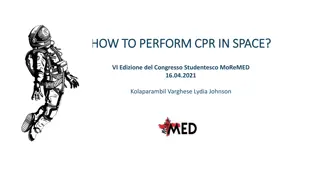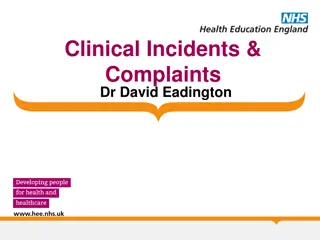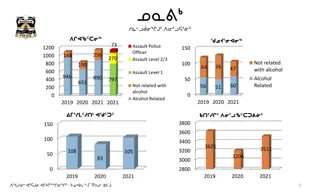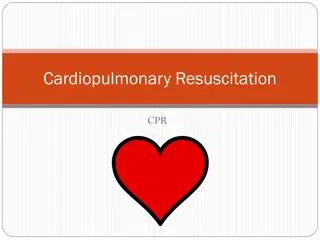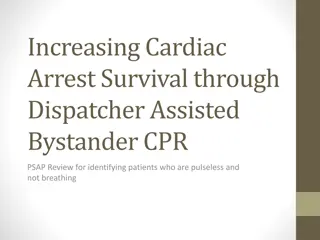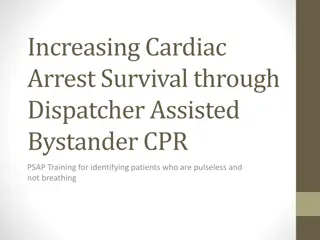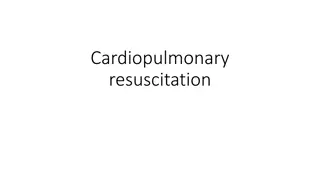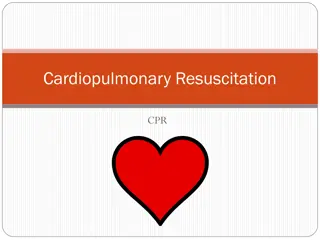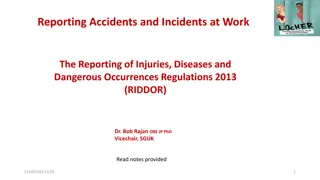How CPR Can Make a Difference in Drowning Incidents
Drowning is one of the leading causes of accidental death worldwide. A swift response is critical. Would you know what to do if someone was pulled unconscious from the water?nnSign up for an Online CPR Class today! Visit // /courses.php
Download Presentation

Please find below an Image/Link to download the presentation.
The content on the website is provided AS IS for your information and personal use only. It may not be sold, licensed, or shared on other websites without obtaining consent from the author.If you encounter any issues during the download, it is possible that the publisher has removed the file from their server.
You are allowed to download the files provided on this website for personal or commercial use, subject to the condition that they are used lawfully. All files are the property of their respective owners.
The content on the website is provided AS IS for your information and personal use only. It may not be sold, licensed, or shared on other websites without obtaining consent from the author.
E N D
Presentation Transcript
Drowning is one of the leading causes of accidental death worldwide. A swift response is critical. Would you know what to do if someone was pulled unconscious from the water? Performing CPR (Cardiopulmonary Resuscitation) can be the difference between life and death in such situations. Whether you re a parent, a swimmer, or someone who frequents water areas, understanding CPR s role is crucial. Enrolling in an Online CPR Course equips you with these lifesaving skills, and it s easier than you think. Why Is CPR Important in Drowning? When someone drowns, their breathing stops. This deprives their brain and body of oxygen. Within minutes, this can lead to severe brain damage or death. CPR works by manually restoring oxygen flow to the body. Chest compressions pump blood to vital organs, while rescue breaths provide oxygen. Together, these actions buy time until emergency medical services arrive. Can Anyone Perform CPR? Yes. Anyone can learn CPR. You don t need to be a healthcare professional. Even basic knowledge can save lives. For example, consider a lifeguard at a pool. Their quick action with CPR often prevents fatal outcomes. But you don t have to be a lifeguard to make a difference. By taking an Online CPR Class,you ll gain confidence and skills to step in during emergencies.
Steps to Perform CPR on a Drowning Victim Knowing the correct steps is essential. Here s a simplified guide: Ensure Safety Remove the victim from the water carefully. Make sure the area is safe for you too. Check for Response Tap the person and shout. Are they responsive? If not, call for help and ensure someone contacts emergency services. Open the Airway Tilt the head back gently and check for breathing. Start CPR Begin with chest compressions. Place your hands in the center of the chest and push hard and fast, about 100-120 compressions per minute. If trained, give rescue breaths after every 30 compressions. Pinch the nose, seal your mouth over theirs, and blow into their lungs. Continue Until Help Arrives Keep going. Don t stop unless the victim recovers or professional help takes over. These techniques are covered in detail in an Online CPR Course. Practice builds confidence, so don t skip hands-on learning when available.
Real-Life Example: CPR Saves Lives Imagine a day at the beach. A child is pulled from the water, unconscious. A bystander who recently completed an Online CPR Class immediately starts chest compressions. Paramedics arrive minutes later. Thanks to the bystander s prompt action, the child survives without long-term damage. This isn t an isolated story. CPR has saved countless lives in drowning emergencies. Your training can make you that bystander. Common Myths about CPR in Drowning Many people hesitate to perform CPR because of misconceptions. Let s address some: Myth: Only Professionals Should Perform CPR. Truth: Anyone trained can perform CPR. Delaying action while waiting for help can be fatal. Myth: Rescue Breaths aren t Necessary. Truth: For drowning victims, rescue breaths are critical. They provide much-needed oxygen to the lungs. Myth: CPR Always Revives the Victim Instantly. Truth: CPR doesn t restart the heart. It maintains blood flow and oxygen until advanced medical care is available. Take the first step today. Sign up for an Online CPR Class at ASTI and ensure you re ready when it matters most.
American Safety Training Institute Reach Us Directly: American Safety Training Institute Address: 3522 Ashford Dunwoody Road Suite 120 Atlanta, GA, 30319, USA Phone: (800)225-1893 Email: info@americansti.org https://www.americansti.org/contact-us.php C:\Users\User\Desktop\twitter.png C:\Users\User\Desktop\facebook.png C:\Users\User\Desktop\youtube.png C:\Users\User\Desktop\instagram.png C:\Users\User\Desktop\pinterest.png
